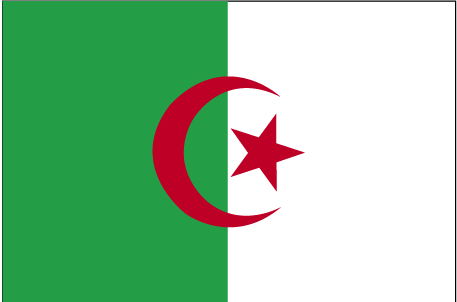American Samoa:
History and geography are defining elements, but they are not the only elements. Ethnicity, economics, religion and other factors all shape and are shaped by a culture. This is why we are all unique. The natives and long time residents of an area can give an insider’s perspective. The information ranges from mile-high views of a nation, its society, its institutions and close-ups of communities to families and individuals. Each seeks a balance between generality and breadth, as well as detail and depth in order to create a multidimensional and realistic picture of a place and its people.
American Samoa is a wonderful example of a culture and a people that, over the years have developed into a diverse structure; the traditional and the modern. Comparing and contrasting these two can include many elements, but the economy and religion are two that affect almost every area of both groups of these people. The social, political and family issues are mere windows at forming the many facets and drawings that connect the cultures of the world.
Broadly, a culture could be said to be those beliefs, traditions and institutions that create and mediate individual, community and national identity. Nearly all American Samoans are Christian. The largest religious denomination is the Congressional Christian Church. This used to be called the London Missionary Society in honor of those who first traveled to the Pacific Islands to convert the people to Christianity. Other denominations do exists, however. The Roman Catholic Church enjoys about twenty percent participating in the Pacific Islands, The Church of Jesus Christ of Latter-day Saints, Methodists, Seventh-Day Adventists and the Baha’i Faith comprises the remainder of the population. Church activities play an important role in the American Samoan daily life. Villages in rural areas often maintain an evening curfew at dusk, when families gather to sing hymns and pray. Public meetings, including those in the legislative and executive branches of government all begin and end in prayer. Most businesses are closed on Sunday and each family sees that a day of rest is observed on Sunday. The fa’a Samoa, or the “Samoan way” still guides everyday life, emphasizing an easy-going manner and respect for tradition. Cooperation, humor and hospitality are highly valued and American Samoans see themselves and the residents of Independent Samoa as one people, united by tradition.
Women belonging to village or church societies use gatherings to converse. Sandals or shoes are removed before one enters a home and although most people sit on chairs, in traditional homes, people often sit cross-legged on floor mats. When seated in this way, pointing one’s feet at each other is avoided. The host family always presents guests with refreshments without being asked. In a formal setting, refreshments might include fresh coconut with biscuits, butter and jam. For an informal gathering, soda, cookies or other store-bought snack foods are served. As guests are not required to eat all the food and drink they are served, it is impolite not to take a small amount to show appreciation to the host for their efforts.
While the business hours begin at eight a.m. and end between four and five p.m., many business are not open during the weekend days. Some businesses and banks are open on Saturday mornings, and small markets may be open, but there are no businesses open on Sunday in American Samoa or on the island of Independent Samoa. Communally owned lands produce farming and agricultural exports. These do not, however, carry the main economic sustainment. The key units of social organization are the aiga, which is the extended family or clan, and the nu’u, which is the village. The aiga is headed by a matai and consist of people related by blood, marriage or adoption. Members of the aiga select the matai based on the service one has made to the aiga and oratory skills, knowledge of Samoan traditions, protocol and history. Other qualifications include education, business acumen and professional background. The nu’u is comprised of a number of families. Each family in the village is represented by a matai in the village council or fono. The village council is responsible for the well-being of the entire village. In most villages, there is one high chief who presides over village council meetings and represents the village at district or county levels. Traditionally, men planted and harvested taro and bananas on family plantations, fished in canoes on the open sea, prepared food in an unu, built houses and crafted their canoes. Women were skilled at raising children, weaving mats, making and designing siapo, tending gardens and fishing for shellfish on the reefs. Today, kit’s not uncommon for both the father and the mother to work for wages at an office, store or manufacturing business. When both parents work, grandparents often assume the responsibility of caring for preschool children. Despite strong western influence, children continue to be raised according to the American Samoan traditions. Discipline is generally strict and children are taught to obey adults, support their parent s and the aiga and to tak care of the elderly members of the family.



